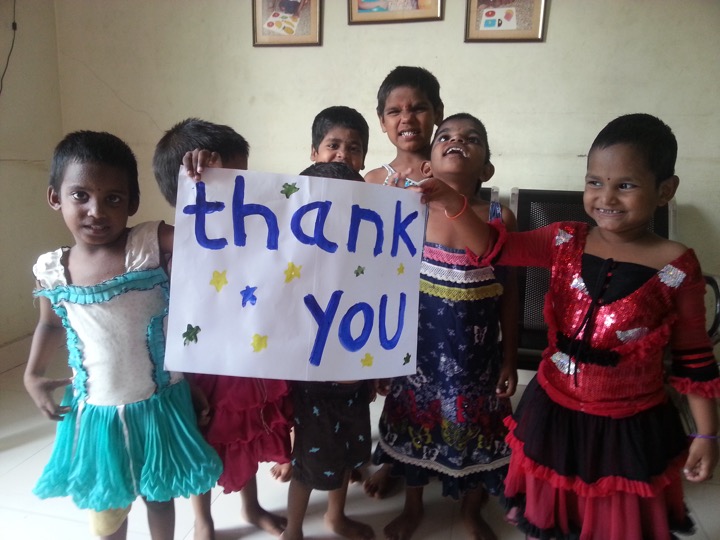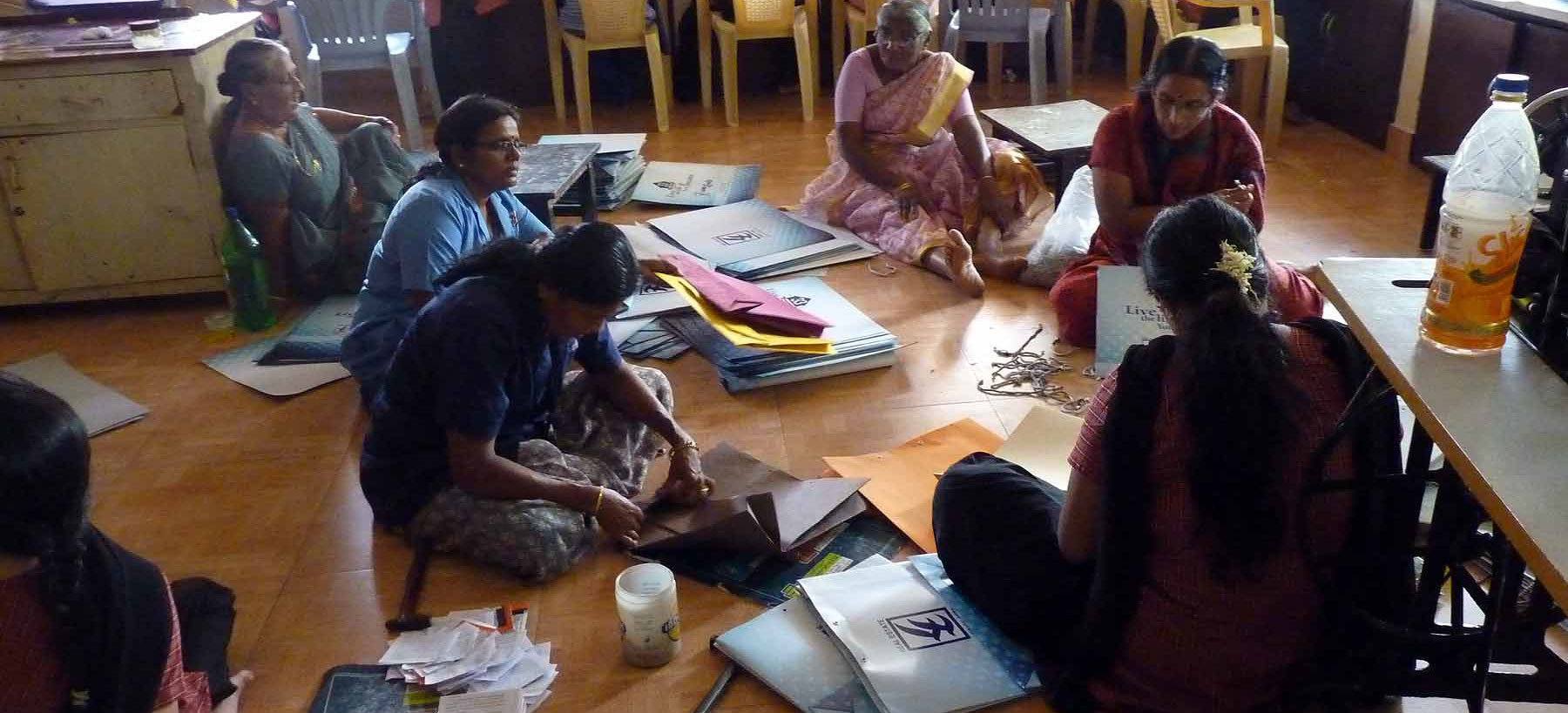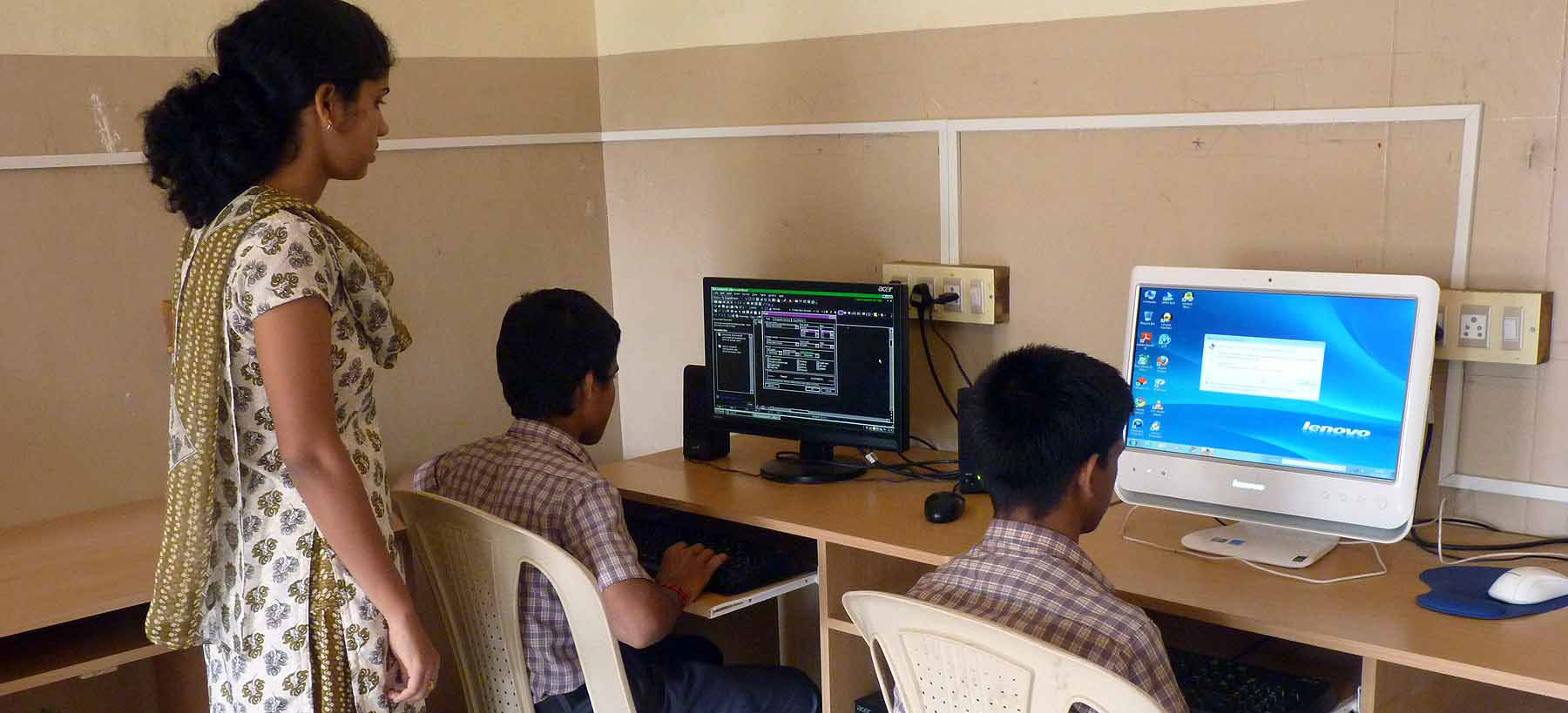Style Switcher
Layout options
Primary Color
The 1% Imperative
The 1 % imperative
No, I am not writing about the top 1% of the American population by net worth or the ultra-rich 0.1%. It is 1% in a different angle where this blog is focused on. The average Konkani amongst us may not be in the top 1% but quite likely somewhere between 5 to 20% of the population.
In our information loaded lives, we witness lot of discussion and literature on what the best strategy for investment or retirement planning should be. In general, the simplest effective long term investment strategy has been, at least in my mind, to maximize on 401K contributions ($19k/spouse and $25k/spouse if more than 50 years old), investing those 401K and any surplus savings into available low cost diversified index funds, owning a decent size house/real estate, paying off mortgage or plan to pre-pay it early, and keeping an emergency fund to cover at least 6 to 12 months’ expenses in high yielding savings account. If the above is done in a disciplined manner, all the future needs, including children’s education and retirement, will be taken care of comfortably for the average Konkani family.
On top of the above investments, I want to make the case that giving away 1% of household salary to charity (contributions to non-family charitable causes) is the best balanced way to invest as well as live life. The 1% contribution to charity done every year will have far more impact and provide investment returns in multiples to what the returns or marginal utility of that 1% would be if it were used to accumulate more gadgets or save it for eventual passing over to family in old age or upon death. This is because the 1% contribution made to charity will be used for the most pressing food, housing, health and education requirements of the most needy and vulnerable in society now. Whereas if the 1% is held off on being given away to charity for further incremental self-accumulation and eventual passing over to family, what is the marginal utility or the satisfaction to family that it will provide? Will the family be overly satisfied if they get 101 or 102 instead of 100, by withholding charitable contributions along the way which would have made such a huge societal impact? This is given the fact that a child in an orphanage in India can be taken care of with only about $20/month contribution!
We live in a world of immense poverty. The average household income of Americans is said to be around $40,000 per year, which is astoundingly low by US living standards. As per World Bank estimate, 22% of people in India (or about 275 million people) live below the abject poverty line of $1.25/day. Konkanis too are not immune to this suffering from poverty. The gap between the ultra-rich and poor is ever increasing. Of course, we cannot solve all these massive socio-economic problems ourselves individually nor can the richest person(s) in the world solve them on their own. However, we can do our own bit and help in resolving some of the issues collectively.
There is absolutely no doubt that we have all been benefitted and blessed with the support from society and communities that we grew up in and where we live today. It is not just our individual genius or the family’s ultra-credentials and support that brought us to where we are today, it is also the friendly and peaceful societies, institutions of learning, our teachers and mentors that helped us along the way. Hence, it is time for us to give back to the society in India as well as near our current place of residence. If not being done already, a gradual donation program to eventually add up to 1% of our individual salary level should be a good start. And then in the senior years of life, if all the financial goals of retirement, etc are met, we can increase the level accordingly based on individual situation.
I am writing this blog, as I come from a finance background, and I feel this is part of investment/financial planning. My family has been personally following the 1% rule over the last 10 years and have felt a tremendous sense of satisfaction, belongingness, harmony and peace within from that. I know, the 1% level is probably not enough for us and I will definitely plan to ramp it up over the next few years if/when I reach financial freedom and get into retirement. I have some of my close friends who have all the great qualities for which I am truly thankful and lucky to have them as friends; however, when it comes to money, I see they feel a sense of discomfort and lack of confidence. Few of them don’t spend any money on themselves, say eating occasionally outside or going on well budgeted vacations, despite both the spouses working at decent levels of professional careers. Moreover, I have not seen them spending any noticeable money on others such as charity. Well, everyone is privy to their own financial situations and decisions. And those friends may have plans in retirement, even probably philanthropic, once all the financial goals are realized, to spend on themselves or others or pass the last saved dollar to the family. That is ultimately their prerogative. However, life and money are not linear. Beyond a certain point, the marginal utility and satisfaction gained from accumulating money starts dropping. Giving away 1% of salary to charity will not move the needle at all on the total net worth accumulation, children’s education, quality of life in retirement or any such life/financial metric. It is too small in the big scheme of things to make any impact on our lives, and yet it will make huge impact on the lives of the neediest. Hence, if there is any way we can educate and inform our friends, and make them confident and comfortable about the appropriate use of money to make such minimal (1%) impactful cash outlays for charity, then it is worth blogging/talking about it in the hopes of encouraging and influencing them.
In my thought process related to charitable donations, I have always had a budget in mind (example 1%) and treated them as investment. I diversify my donations to get maximum impact across the board. The examples of donations include Konkani Charitable Fund (KCF), alumni universities, temples (which serve food and free services to communities), scholarships for high school in India, sponsoring a child in an orphanage in India, Red Cross/United Way/Salvation Army and other donations following natural disasters such as hurricanes or floods. The return on the diversified portfolio of donations must be astronomical if it was possible to quantify tangibly. This way, when you have a budget (1%) and certain surplus or unspent money within the budget for a year, a surprise flood in Kerala will not throw you off. You will send donation, say Rs. 10,000 or $150, to the Kerala Chief Minister’s Flood Relief Fund or for the Puerto Rico hurricane relief in a heartbeat. Or, if you hear a community person unknown to you just lost life due to heart attack, then, you will not think twice of sending some donation to support his family through the online fund-raising effort started by his friends.
And, you can allocate certain fix portion of that 1% annual budget to charitable organizations such as KCF. Let’s say, we have 1,000 Konkani families in North America, and each contributes 25% of that 1% to KCF, then, we would have raised $ 500 K - $ 1 Million just like that every year for KCF. This will be in addition to what few families contribute well beyond these levels and other fund raising efforts of KCF.
If you have not heard about Chuck Feeney, I would suggest you google and find out. He was a multi-billionaire who gave away almost all his wealth to charity (of course, must have kept some millions to his family). Bill Gates and Warren Buffet consider him their Guru in that sense, and followed his example to a certain extent. They are the ultra-rich and their stories make headlines (as the absolute donation dollars are high, they form a big proportion of their total wealth). We too can make a big difference with our individual modest means amplified through collective efforts. If only the ultra-rich follow 10% of Chuck Feeney’s example and the rest of us follow the 1% of salary to charity imperative, the world will be a different place to live in.
KCF is an organization with no administrative expenses and the donations go directly to the needy. You get tax deductions in the US, and the beneficiaries are the various orphanages/old age homes/health care/educational organizations across the entire Konkan coast from Mangalore to Mumbai that serve the most vulnerable in the Konkani community. Giving to KCF will result in a sense of belongingness, it will mean giving back to the community and region of our origin, and generate satisfaction and tranquility within ourselves.
Dev Bare Karo!
Santosh Kamat
Edison, NJ
(This email address is being protected from spambots. You need JavaScript enabled to view it.)
Our Heros
Nandan, Lakshan, Arya Pai
Inspired by their grandparents, KV Kamath & Rajalakshmi Kamath &…
Amay Kamath and Tanvi Mallya
“No one has ever become poor by giving.”- Anne…
Roshan Pai
Roshan Pai is a high school senior who lives in…
Konkani Charitable Fund Inc.
2142 San Benito Drive, Fremont, CA 94539
EIN: 90-0482868
phone: (408) 687 8186
e-mail: president@konkanicf.org





































